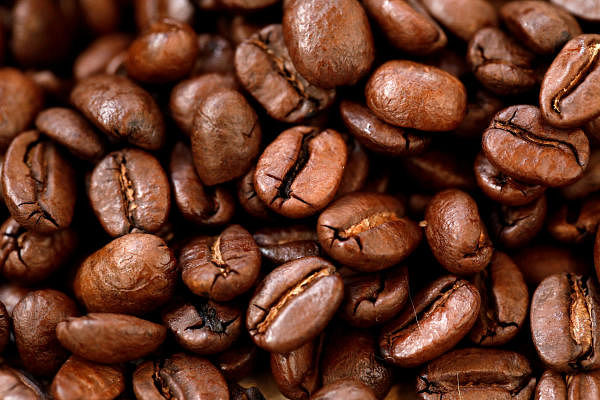
The production of Arabica coffee, the premium variety, is fast depleting in the country due to the widespread occurrence of White Stem Borer (WSB) pest.
The century-old devastating pest has been damaging Arabica plantations across growing regions in South India year after year.
The Coffee Board’s research arm has failed to come out with any cure for the pest and the planters opine that the Arabica variety may disappear in the next decade if it is not eradicated.
The area under Arabica plantation has drastically reduced to 50% of the total area under coffee in the last 70 years.
Also, the production has dropped to just 30% of the total coffee output during the same period.
“The White Stem Borer attack is so severe that planters have been removing Arabica trees to prevent the spread. As a result, 10-15% of the area under Arabica is lost every year,” said M B Ganapathy, Chairman, Karnataka Planters Association.
This has forced growers to shift to Robusta coffee as this variety is not affected by major pests or diseases. The yield per acres of Robusta is double that of Arabica and input costs are about 30% less than that of Arabica.
According to him, coffee plantations in Chikkamagaluru, Hassan and Kodagu districts are the most affected. Although the Coffee Board of India estimates the production of Arabica this year at 95,000 tonnes, the KPA pegs it at around 60,000 tonnes.
The coffee plantations have been affected initially by the drought till June and by the heavy rains and floods between July and September for the past two years.
“If the WSB pest is not eradicated, the country will lose its place on the map of Arabica cultivation in the world,” warned Channakeshava Gowda, past chairman of KPA and a leading grower of coffee in Chikkamagaluru district.
The United Planters’ Association of Southern India (UPASI) says it is too difficult for the industry to come out with any solution for the menace.
“The ministry of commerce and the Coffee Board should increase efforts on developing medicine to eradicate the pest. The R&D spend needs to be increased manifold,” said AL RM Nagappan, President, UPASI.
According to UPASI, the area under Arabica cultivation has come down from 73% of the total area in 1950-51 to 50% in 2017-18.
In 1950-51, the area under Arabica stood at 67,713 hectares out of 92,523 hectares. It dropped to 2,28,910 hectares out of 4,54,722 hectares in 2017-18.
The production of Arabica was 15,511 tonnes out of 18,893 tonnes in 1950-51. In 2018-19, the production dropped to 95,000 tonnes out of 3,19,500 tonnes.
“The rapid pace at which Arabica coffee is being converted to Robusta coffee will continue, unless some drastic and decisive intervention is done from concerned authorities,” Ganapathy added.